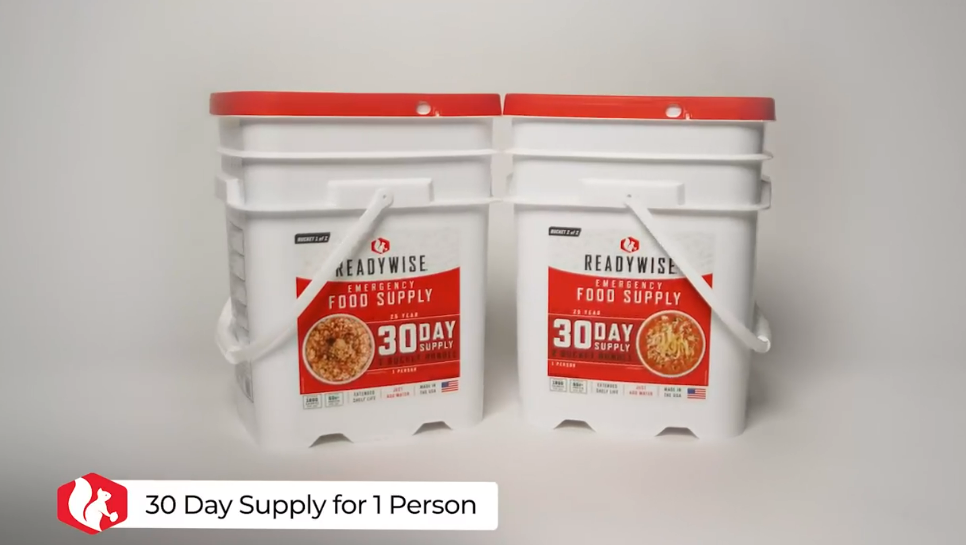In today’s unpredictable world, being prepared for unexpected circumstances is crucial. Whether it’s a natural disaster, civil unrest, or a sudden turn of events, having a well-designed survival shelter can significantly increase your chances of staying safe and secure. In this article, we will explore essential tips for creating an effective survival shelter that can withstand various challenges and provide you with the necessary protection during uncertain times.
Location Selection
Choosing the right location for your survival shelter is paramount. Look for a site that is elevated and away from potential hazards such as flood zones, fault lines, or landslide-prone areas. Additionally, consider accessibility to clean water sources and natural resources for sustenance. It’s also important to ensure your shelter is discreetly positioned, minimizing the chances of being detected by others in case of societal breakdown.
Design and Construction
The design and construction of your survival shelter are crucial to its effectiveness. Here are some key considerations:
a. Durability: Opt for sturdy materials such as reinforced concrete, metal, or thick timber to ensure the shelter’s structural integrity.
b. Ventilation: Incorporate proper ventilation systems to maintain air quality within the shelter. This can be achieved through well-placed vents or air filtration systems.
c. Insulation: Adequate insulation is essential for regulating temperature and protecting against extreme weather conditions. Consider using insulation materials such as foam boards or spray foam.
d. Security: Reinforce the shelter with secure doors, windows, and locks to deter unauthorized access. Consider installing a surveillance system or alarms to enhance security further.
e. Space Optimization: Plan the layout to maximize the available space. Use multifunctional furniture and storage solutions to make the most of limited square footage.
Supplies and Stockpiling
To sustain yourself during a crisis, ensure you have an ample supply of essential items. These may include non-perishable food, water purification systems, medical supplies, personal hygiene products, and emergency tools. Regularly rotate perishable items to maintain freshness, and keep an inventory to track expiration dates and replenish supplies accordingly.
Off-Grid Energy Solutions
Power outages are common during emergencies, so having an independent energy source is vital. Consider installing solar panels, wind turbines, or a backup generator to provide electricity. Use energy-efficient appliances and LED lighting to conserve power. Additionally, have a reliable battery storage system to store excess energy for nighttime use or cloudy days.
Water Management
Access to clean water is essential for survival. If your shelter doesn’t have a natural water source nearby, consider storing ample water supplies or installing rainwater harvesting systems. Invest in water filtration and purification systems to ensure a continuous supply of potable water.
Emergency Communication
Establishing communication channels during a crisis is crucial for receiving updates, contacting authorities, or reaching out to loved ones. Equip your shelter with reliable communication devices such as two-way radios, satellite phones, or a ham radio setup. Familiarize yourself with their operation and keep spare batteries and chargers.
Building a well-prepared survival shelter requires careful planning and consideration of various factors. By selecting the right location, designing a sturdy structure, stockpiling essential supplies, and implementing off-grid solutions, you can enhance your chances of weathering unexpected challenges. Remember, a well-designed survival shelter serves as a refuge during difficult times, providing safety, security, and peace of mind when you need it most. Stay prepared, stay safe!















